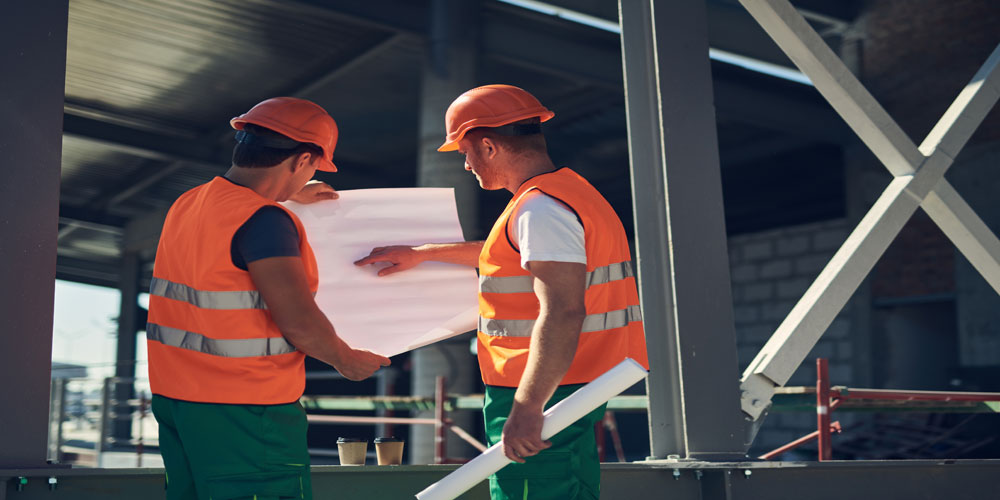
Air Tightness Testing: An In-Depth Examination
Air Tightness Testing: An In-Depth Examination
Understanding Air Tightness Testing
Air tightness testing is a critical process used to measure the extent of air leakage through a building’s envelope. This test quantifies the amount of conditioned air that escapes or infiltrates through gaps and various leakage pathways in the building fabric. The significance of air tightness testing lies in its impact on energy efficiency: the tighter a building is, the less energy is wasted, resulting in lower carbon emissions.
Additionally, effective air tightness reduces the burden on mechanical and ventilation systems, ensuring optimal performance and energy conservation. Conversely, poor air tightness can lead to up to 50% of heat loss from within a building to the outside atmosphere.
The Utility of Air Tightness Testing
The primary tool used in air tightness testing is the blower door test, which measures the airflow into or out of a building and the corresponding pressure difference across the building envelope. The insights gained from this test are multifaceted:
- Energy Consumption and Savings: Air leakage necessitates the conditioning of replacement air, either through heating or cooling. By understanding the rate of air leakage, one can estimate energy losses during different weather conditions. This data is crucial for equipment sizing and forecasting operating energy consumption.
- Identification of Leakage Paths: Often, air leakage occurs through unexpected pathways. Through blower door and smoke testing, it is possible to pinpoint these leakage areas accurately. While some leaks may be large and obvious, many are small but collectively significant. Experienced air tightness engineers can efficiently identify and document these paths during the test.
- Occupant Comfort: Draughts can significantly affect the comfort of building occupants, whether in residential dwellings or commercial offices. Cold, damp air entering a building can be particularly uncomfortable in extreme weather conditions. There have been instances where workers refused to occupy buildings due to excessive air leakage. For example, a building tested with an air leakage rate of 25m³/hr/m² saw a drastic improvement after sealing identified leakage areas, achieving a rate below 5m³/hr/m², thus resolving occupant complaints.
- Condensation and Health Issues: Excess air leakage can lead to condensation, as air passing through walls, floors, and ceilings often contains water vapor. These uncontrolled leaks can result in condensation, mold, and rot, posing health risks to occupants. Therefore, it is vital to quantify air passage through the building envelope to control air quality and minimize condensation.
- Pollutant Ingress: Significant air leakage can introduce polluted outdoor air into a building, especially in areas near main roads, fuel garages, or waste disposal sites. Knowing the extent of air infiltration helps in assessing the risk of outdoor pollutants entering the building. A robust air barrier is essential to control and minimize these pollutants within the building enclosure.
Preparing for Air Tightness Testing
To ensure a successful air tightness test, thorough preparation is crucial. The following criteria should be met:
- Completion of the Building Envelope: All walls, floors, and ceilings should be fully constructed.
- Doors and Windows: These must be properly installed and capable of sealing tightly.
- Electrical Installations: All electrical fittings should be installed and functional.
- Mechanical Installations: Mechanical systems should also be installed and operational.
- Sealing Gaps: Any gaps within walls and floors must be sealed.
- Service Penetrations: All penetrations through the building envelope should be sealed.
- Kitchen and Bathroom Fittings: These areas should be fully fitted with sealed service penetrations.
- Ventilation Systems: All mechanical ventilation should be turned off, and grilles should be sealed.
- Trickle Vents: Vents in windows and doors should be sealed.
- Fireplaces: These should be sealed.
- Soil Pipes: Ensure that water is present in soil pipes.
- Power Supply: A 240V power supply must be available on-site.
Partnering with Experts for Successful Air Tightness Testing
APT Sound Testing possesses extensive experience in understanding the requirements of Approved Document L and conducting successful air tightness tests across various developments in London and the UK. Achieving the desired air tightness target, which is becoming increasingly stringent, requires careful planning and execution.
Design and Construction Guidance
To avoid the risk of a failed air tightness test, early consideration of the air leakage line design within a project is essential. APT Sound Testing offers expert advice and guidance throughout the design and construction stages. By collaborating with clients from the project’s inception, we provide practical solutions to prevent air leakage and ensure compliance with air tightness standards.
Air tightness testing is an indispensable tool for enhancing a building’s energy efficiency, occupant comfort, and indoor air quality. By identifying and addressing air leakage pathways, buildings can achieve significant energy savings and reduce their carbon footprint. Proper preparation and expert guidance are key to a successful air tightness test, ensuring that buildings meet stringent standards and deliver optimal performance.
Working with APT Sound Testing
In is our ongoing policy to listen to our clients’ needs and present them with practical, cost-effective solutions which also takes into account buildability considerations. This means that we offer acoustic consultancy solutions, which encompasses acoustic design and precompletion testing in one easy package.
We use the latest acoustic testing and survey equipment which is UKAS calibrated to the highest standards. By investing in both our personnel and equipment it allows us to offer a more efficient service.
APT Sound Testing strive to provide our clients with a guaranteed quality service every time they decide to get in touch. Our team would love to hear about your latest project, so please get in touch now by telephoning: 01525 303905 or visit our website.